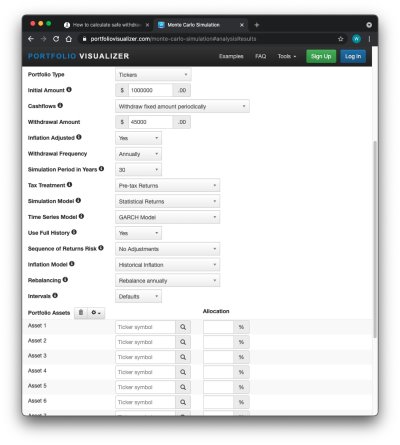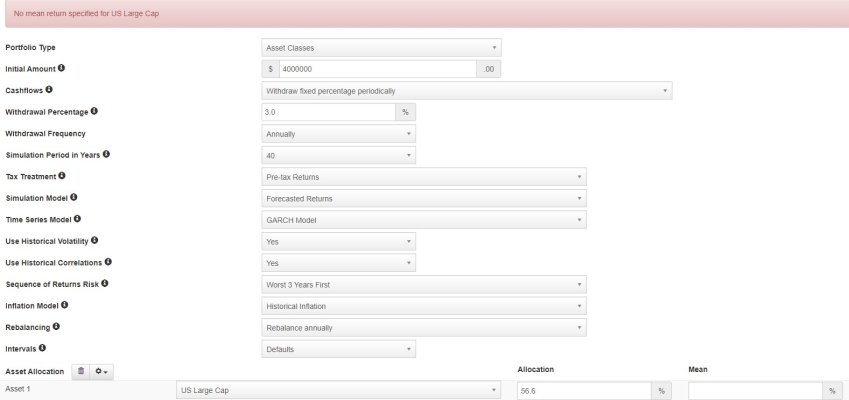I agree.
And maybe it's the exception which proves the rule here. I'm sure most of us recall quite fondly imoldernu. I don't recall that he ever used Firecalc. His "plan" was a bit bizarre (in an interesting way). IIRC he retired around 51 and went to his reward around age 83 or so - RIP imoldernu. Don't recall him worrying too much about WDRs, but I'm sure he did manage them without much fanfare.
He had amazing stories to tell, traveled often between his two places in FL and IL in his two old land cruisers, had a big family who loved him, had everything he wanted, had "enough" at all times, and often made me ashamed of what I had done with my piddly 15 year retirement (so far.)
I don't recall his plan very well though anyone can go look it up, I'm sure. My point is FIRECalc (or just the so-called 4% rule) is just a plan - a relatively technical one to help one avoid running out of money. imoldernu's plan was, IIRC, much more "organic" if you can apply that word to a ER financial plan. Reading him, I quit worrying about running out of money. I have a plan, he had a plan, we "did" our plan, we're all flexible and (reasonably) smart. Assuming a mile-wide asteroid doesn't hit 100 miles off Waikiki or some other "black swan" we can all make our plans work - or alter them. IIRC, there was only one guy who ever "came back" and told us how he managed to fail - and it WASN'T by sticking to FIRECalc.
Just my humble opinion, but I'm glad I got to talk about imoldernu. He was (IS) my FIRE hero. YMMV



